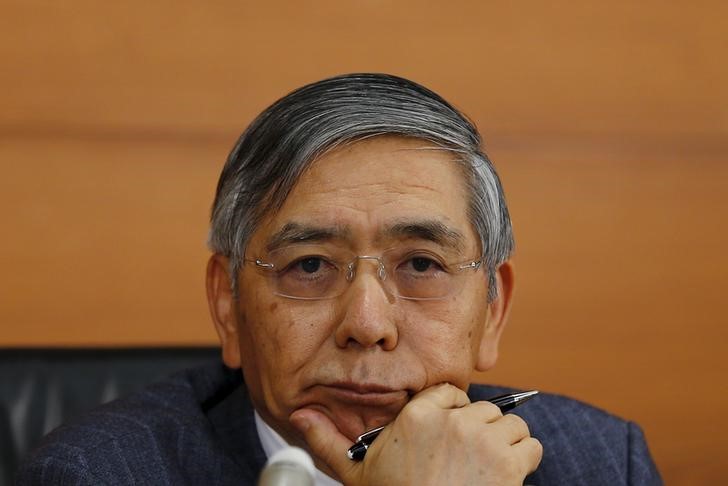[ad_1]
© Reuters.
By Yasin Ebrahim
Investing.com — The yen creeped higher against the dollar Tuesday, riding a wave of hawkish bets on the Bank of Japan moving further away from its dovish stance ahead of a monetary policy update due overnight Wednesday.
fell 0.26% to 128.20
The Bank of Japan is expected to stand pat on interest rates, but many are betting that the central bank could ditch its cap on the yield after doubling it to 0.5% from 0.25% last month.
BoJ governor Kuroda Haruhiko has previously suggested that the monetary policy surprise last month — that sent the yen soaring against the dollar – was an aberration and not the start of a new era of less hawkish monetary policy measures.
Kuroda said the move was needed to correct distortions in the yield curve after global bond pressures forced Japanese government bonds higher.
But investors aren’t buying it. They’ve continued to probe with wave after wave of selling pressure on Japanese government bonds, pushing prices lower and yields higher. The 10-year yield on the Japanese bond breached the 0.5% cap for three consecutive trading days.
The probing attacks have forced the BoJ into record bond purchases to defend the cap, which if abandoned, some estimate, would provide the yen with the firepower to inflict major damage on the dollar.
In a scenario of a nearer-term exit of the yield curve control framework, Goldman Sachs estimates that the USD/JPY could shed roughly 3% — or a decline to levels just below 125 versus the current spot.
If Kuroda, however, holds firm and doesn’t abandon or tweak the cap, the bets on the end of yield curve control will likely be kicked down the road as the clock is ticking down on his retirement due April 8.
“Kuroda will hold his nerve, leave the current framework intact this week and ultimately also leave it for his successor to disband the YCC framework later in the year,” Daiwa Securities said.
The central bank’s monetary policy decision is also expected to be accompanied by a fresh projection on inflation that could provide further clues on whether the winds of monetary policy change are gathering steam.
The latest data, released earlier this month showed that price pressure rose to 4% in December year-on-year, double the BoJ’s target and the highest since 1981.
The BoJ is expected to lift its inflation forecast to 1.8% year-on-year for the next fiscal year and 2% in fiscal 2024, from its current forecast of 1.6% for each year, according to Daiwa Securities.
Signalling that inflation will hit the central bank’s 2% target “in a couple of years’ time used to justify the current policy stance rather than motivate a further adjustment,” it added.
[ad_2]
Image and article originally from www.investing.com. Read the original article here.

